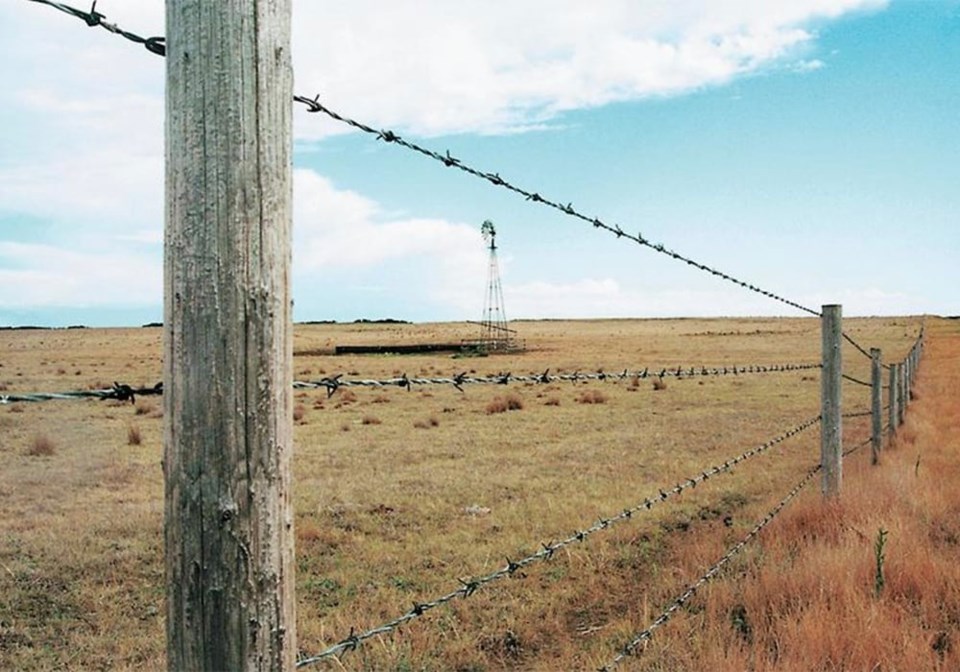WESTERN PRODUCER — The Saskatchewan Cattlemen’s Association says this year’s dry conditions will likely force more producers to sell animals and reduce their herds, further shrinking the national cattle inventory that has seen a decade-long decline.
The organization is looking for assistance to help stem the trend.
SCA chair Keith Day said producers in many areas of the province will struggle to grow enough of their own feed and will be unable to bring feed in because the dry conditions have pushed feed prices up.
That could cause some ranchers to get out of the business rather than struggling to get through another dry year.
“The further north you go from the Number 1 highway — especially on the west-central part of Saskatchewan — it’s just looking terrible and it’s getting worse every day,” said Day.
Hay crops might be better this year than last, but they will still be below average, he added.
“The green feed crops — anything that isn’t under irrigation in this (south-central) area here — are really not going to amount to anything. They’re a disaster already,” said Day.
“The crops are horrible. There is going to be a shortage of water in places. And even though those spots are smaller than they were, it’s still a disaster,” said Day.
Some areas have seen good conditions develop but it’s spotty, with some crops doing all right, but fields nearby parched.
Meanwhile, the market fundamentals of North America’s cattle industry are improving as supply dwindles while demand remains consistent.
“For younger producers, it looks hopeful with the price of cattle. The demand for beef is strong and, going forward, the industry looks like it is worth staying in,” said Day. “But for older producers, and some of these guys are looking at their fourth or fifth year of drought with their grass and feed in short supply, they’ve run out of options.”
Day said he hopes farmers with drought-diminished crops consider turning their fields over for feed.
“Just keep livestock producers in mind when you are wondering what to do with your crops,” said Day. “Another week of plus-30 temperatures and no moisture is going to change a lot of things.”
In 2021, the Saskatchewan government changed its provincial agricultural insurance to make it easier to for low-yield crops to be used as livestock feed.
Day said producers interested in using their crops for feed should reach out to the Saskatchewan Cattlemen’s Association for more information.
Saskatchewan has seen its cattle numbers drop by nearly 20 percent in the past two years with the province hosting the second-largest beef herd in Canada behind Alberta.




